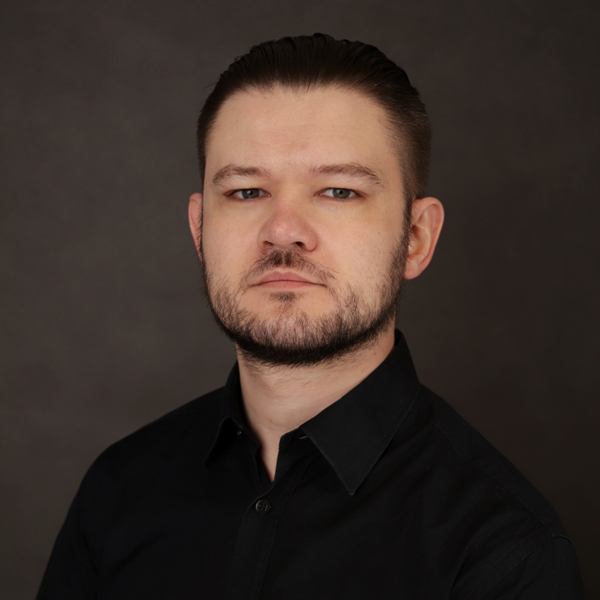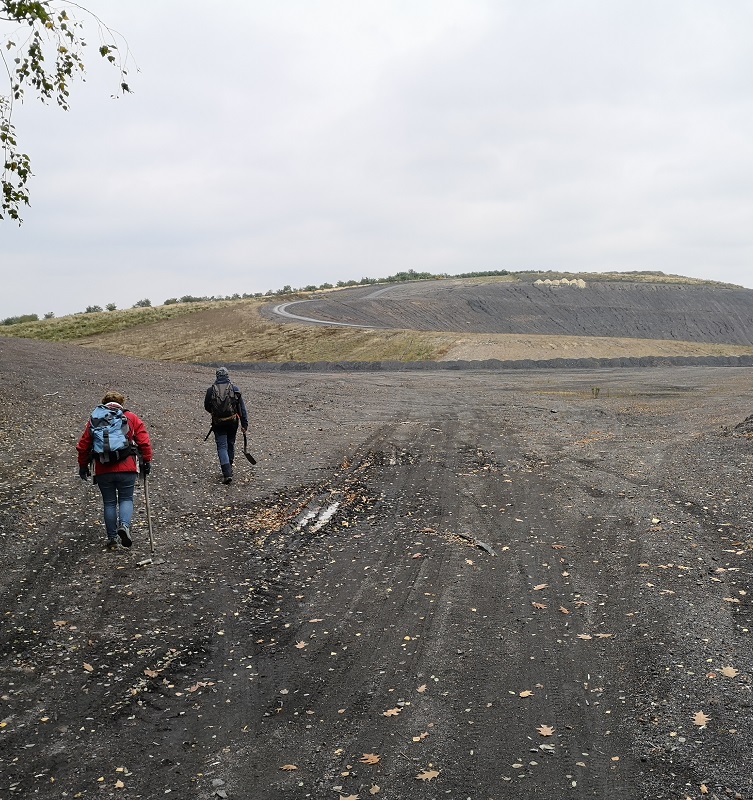MiCoD
Structure and biotechnological potential of the microbiome of burning post-mining heaps

Describing biological and biogeochemical processes in post-mining heaps and isolating microorganisms living at post-mining heaps to assess their biotechnological potential.
keywords: burning post-mining heaps, microbiome, biotechnological potential, biodegradation, metagenomics
One of the negative impacts of the exploitation of mineral resources on the environment are post-mining heaps. Burning heaps are especially dangerous as they actively release numerous toxic substances. The first stage of limiting their impact on the environment is learning about the biogeochemical reactions occurring in them. Burning heaps are an example of extreme environments. The microorganisms living there have developed mechanisms thanks to which they are able to survive within extreme conditions, e.g. ability to decompose complex and toxic organic compounds.
In an interdisciplinary way, the project focuses on explaining processes in burning heaps in the vicinity of the town of Czerwionka-Leszczyny and the city of Bytom. The biological processes will be described thanks to the heaps’ metagenome analysis carried out in cooperation with Ian Marshall, PhD from Aarhus University, Denmark. The results will be linked with the geochemical data gathered by researchers from the Institute of Earth Sciences of the University of Silesia. Microorganisms from the heaps will be isolated and studied at the Institute of Biology, Biotechnology and Environmental Protection in terms of biodegradation of complex organic compounds, including xenobiotics.
Research conducted within the project will be the first step towards learning and understanding the potential of microorganisms from these unusual and extreme environments. The project will provide crucial data used for future research on the possibility of reclamation of burning heaps, decomposition of organic substances, and utilisation of microorganisms for bioremediation. Additionally, it may provide new data on microorganisms’ adaptation to living in poly-extreme environments.
PROJECT LEADER
PIOTR SIUPKA, PhD

Photo by Małgorzata Dymowska
Piotr Siupka, PhD
Institute of Biology, Biotechnology and Environmental Protection
e-mail: piotr.siupka@us.edu.pl
- Piotr Siupka, PhD, Institute of Biology, Biotechnology and Environmental Protection, Faculty of Natural Sciences, University of Silesia in Katowice
- Ádám Nádudvari, PhD, Institute of Earth Sciences, Faculty of Natural Sciences, University of Silesia in Katowice
- Ian Marshall, PhD, Centre for Electromicrobiology, Department of Biology, Aarhus University, Denmark
More about the project

Heap in Czerwionka-Leszczyny
Photo by Piotr Siupka, PhD
popular science article
Burning post-mining heaps
University of Silesia Magazine No 8 (298)/2022
The image of post-mining heaps is permanently inscribed in the landscape of Silesia. The landfill, which is not easy to hide, is created by human mining activities and is saturated with many compounds that are toxic to both humans and the environment. It turns out, however, that there are microorganisms that can handle the extreme (from our point of view) conditions quite well. They are being studied by a team led by Piotr Siupka, PhD, as part of a project selected through the Research Excellence Initiative call for proposals “Green Horizon”.
News
19 April 2022
Samples of burning heaps have been taken from the vicinity of the town of Czerwionka-Leszczyny and the city of Bytom. The samples varied in terms of, e.g. level of degree of burning (unburnt, burning, and burnt-out heap) or temperature (from 18 °C to over 100 °C). Heap samples have undergone the analysis of the chemical composition with the use of gas chromatography mass spectrometry (GC/MS) analysis. The results of the research are currently being analysed.
Isolation of microorganisms from the samples has been successful. Over 200 strains have been isolated, including 58 strains of thermophiles thriving at the temperature of 70 °C.
Currently, the biggest challenge is the isolation of DNA in an appropriate quantity and quality that enables sequencing of the metagenome samples due to a high level of organic and non-organic contaminants.
Currently, intensive work is being carried out on optimising the methods for isolation that will enable future research on biogeochemical processes in heaps.
RESEARCH EXCELLENCE INTIATIVE
presents
Meet the laureates of the Research Excellence Initiative calls for proposals “Green Horizon” and “Post-COVID Horizon”.
The research project: Structure and biotechnological potential of the microbiome of burning post-mining heaps
Grant amount: PLN 119,900
PROJECT LEADER

Photo by Małgorzata Dymowska
Piotr Siupka, PhD
Institute of Biology, Biotechnology and Environmental Protection
e-mail: piotr.siupka@us.edu.pl
tel.: +48 32 368 93 18
- Piotr Siupka, PhD, Institute of Biology, Biotechnology and Environmental Protection, Faculty of Natural Sciences, University of Silesia in Katowice
- Ádám Nádudvari, PhD, Institute of Earth Sciences, Faculty of Natural Sciences, University of Silesia in Katowice
- Ian Marshall, PhD, Centre for Electromicrobiology, Department of Biology, Aarhus University, Denmark





